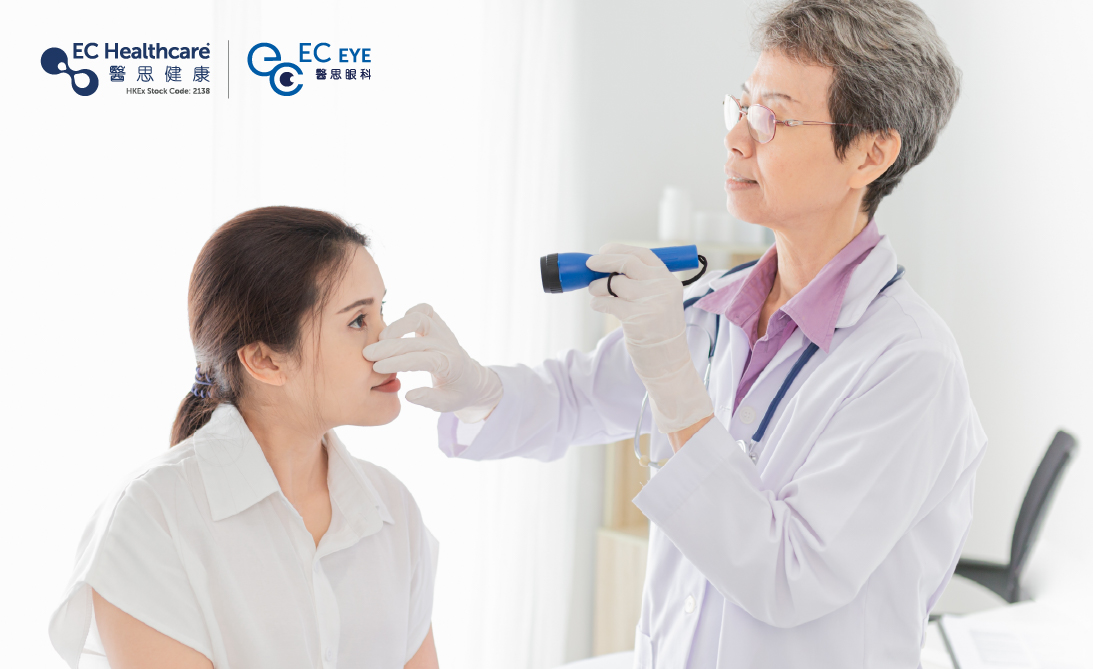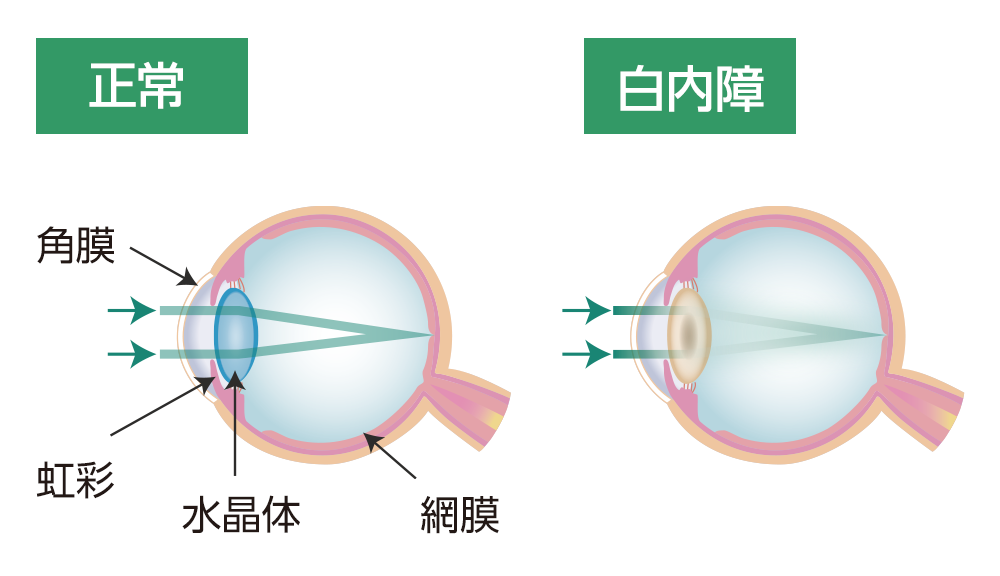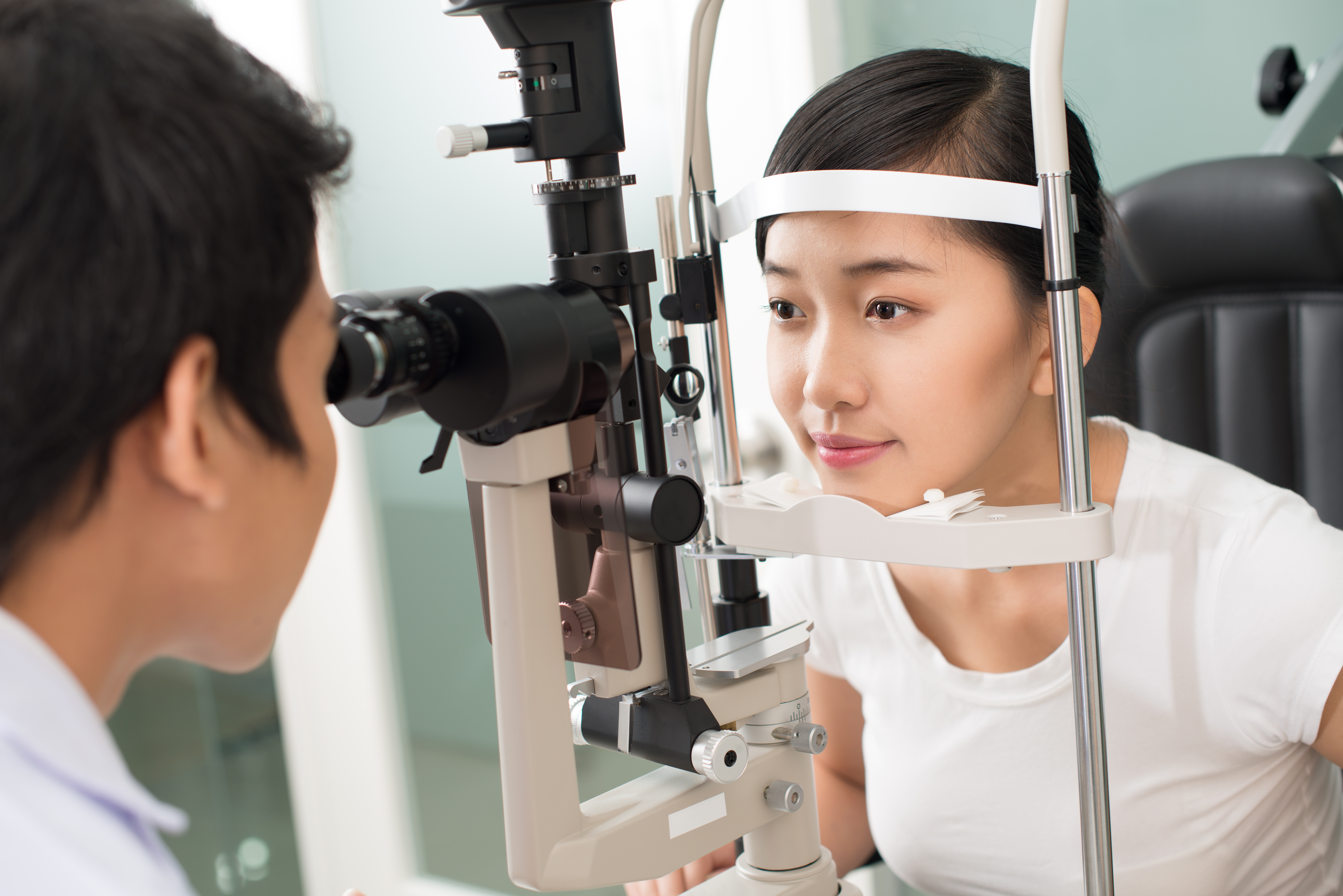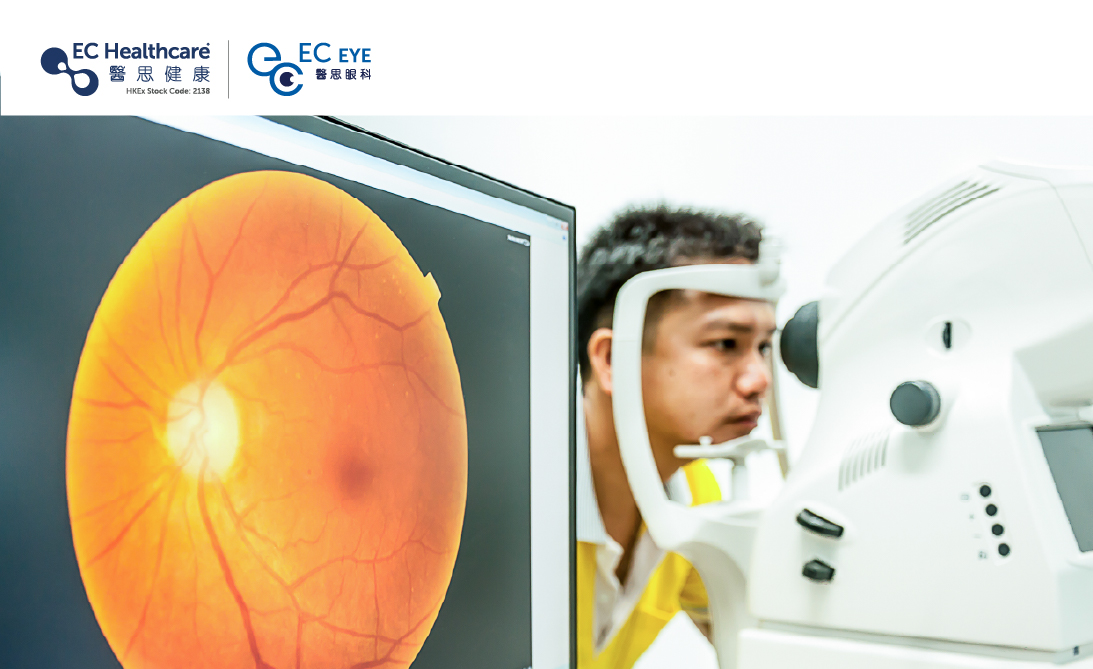Shedding Light on Early-Onset Cataracts: Causes and Solutions


According to statistics from the World Health Organization, cataracts are the leading cause of blindness worldwide. Cataracts are an inevitable eye disorder that occurs with age, and many people believe that changes in the way humans use their eyes, such as excessive use of phones and electronic devices, have led to early-onset of cataracts. What are the causes and treatment methods of cataracts? Ophthalmologists are here to explain it to you.

Causes of cataracts
The cause of cataracts is the degeneration and clouding of the crystalline lens in the eye as the body ages, leading to blurred vision. Ophthalmologists point out that most seniors experience degeneration in both eyes, but the degree may vary, which means cataracts in one eye may be more severe than in the other.
Are cataracts affecting younger individuals?
Ophthalmologists point out that there are still no solid statistics to prove a trend of cataracts occurring at a younger age. However, advancements in medical technology now allow doctors to diagnose cataracts earlier than before, resulting in an increased number of cataract cases. This may create a perception that cataracts are appearing at a younger age. Plus, cataract surgery has improved over the years, and it can now be performed in the early stages of cataract development without the need to wait for the cataract to "mature."
Factors that increase the risk of cataracts
Degeneration of the lens with age
As the body ages, the crystalline lens in the eye naturally undergoes degeneration, which is an uncontrollable factor.
Excessive exposure to ultraviolet (UV) and infrared (IR) light
Frequent outdoor activities or work that involve prolonged sun exposure can increase the risk of cataracts.
High myopia
Having myopia higher than 600 degrees is considered high myopia, which can increase the risk of developing cataracts.
Metabolic disorders
Metabolic disorders, particularly diabetes, can accelerate the ageing of the crystalline lens and lead to early cataract development.
Medications
Long-term use of steroids for conditions like eczema can increase the risk of cataracts or exacerbate existing cataracts. Doctors need to closely monitor these cases.
How are cataracts treated?
According to ophthalmologists, there are currently no medications or eye drops available for treating cataracts. The only solution is surgery. Fortunately, most surgeries nowadays do not require large incisions. If the cataract is not fully "matured", minimally invasive surgery can be performed with a small incision of only 2-3mm. During the surgery, the clouded lens is fragmented and removed, and an intraocular lens is implanted. Due to the small incision, the recovery period is very short, and the surgery typically takes only 15 to 30 minutes to complete.
Types of intraocular lenses
There are generally two types of intraocular lenses: monofocal lenses and multifocal (trifocal) lenses. Both types of intraocular lenses can reduce astigmatism. Monofocal lenses are effective in correcting either myopia or hyperopia, while multifocal lenses can focus on images at different distances, including far, middle, and near vision. Ophthalmologists point out that monofocal and multifocal lenses have different functions. Patients should first consult an ophthalmologist and have their lenses thoroughly examined, and then select the most suitable lens for implantation.
Excessive waiting times for ophthalmic services in public hospitals? Join the government subsidy programme – Cataract Surgeries Programme
According to statistics from the Hospital Authority, the average waiting time for stable new cases in public ophthalmology clinics is approximately 100 weeks, which means a wait of about 2 years. Even for semi-urgent cases, patients still need to wait for at least 1 month.
The progression of cataracts is difficult to control, and patients may experience worsening of their condition during the waiting period, leading to fully matured cataracts and eventually causing vision loss. Therefore, the government launched the Cataract Surgeries Programme in 2008.
Through this public-private collaboration, the programme significantly reduces the waiting time for cataract surgery. Eligible patients can apply and register with the Hospital Authority, and then choose a private ophthalmology clinic for treatment. Each patient can receive the following treatments:
-One pre-operative assessment
-Cataract surgery including intraocular lens (monofocal intraocular lens)
-Two post-operative checks
Participating patients can receive a fixed amount of HK$8,000 subsidy, and may need to co-pay an amount of no more than HK$8,000, so private doctors are not allowed to charge more than HK$16,000. Once the private ophthalmologist completes the cataract surgery, the Hospital Authority will directly disburse the HK$8,000 subsidy to them.
EC Eye Centre fully supports Cataract Surgeries Programme with the "Clear Vision Programme"
EC Eye Centre under EC Healthcare, the largest non-hospital medical service provider in Hong Kong, is operated by professional ophthalmologists and registered optometrists, with the ophthalmologists being designated doctors under the Hospital Authority's Cataract Surgeries Programme. They can provide professional pre-operative assessment, surgical treatments, and post-operative follow-up treatments for cataract patients.
Furthermore, to shorten patients' waiting time, EC Eye Centre has launched the "Clear Vision Programme." Eligible patients can receive cataract surgery at a subsidised price of $15,000, including all relevant examinations and cataract lens. Receive timely treatment now and restore clear vision!
Eligibility:
Low-income individuals (such as Comprehensive Social Security Assistance recipients)
Not applicable for insurance claims
Patients with vision problems that interfere with daily life
Related Brands



